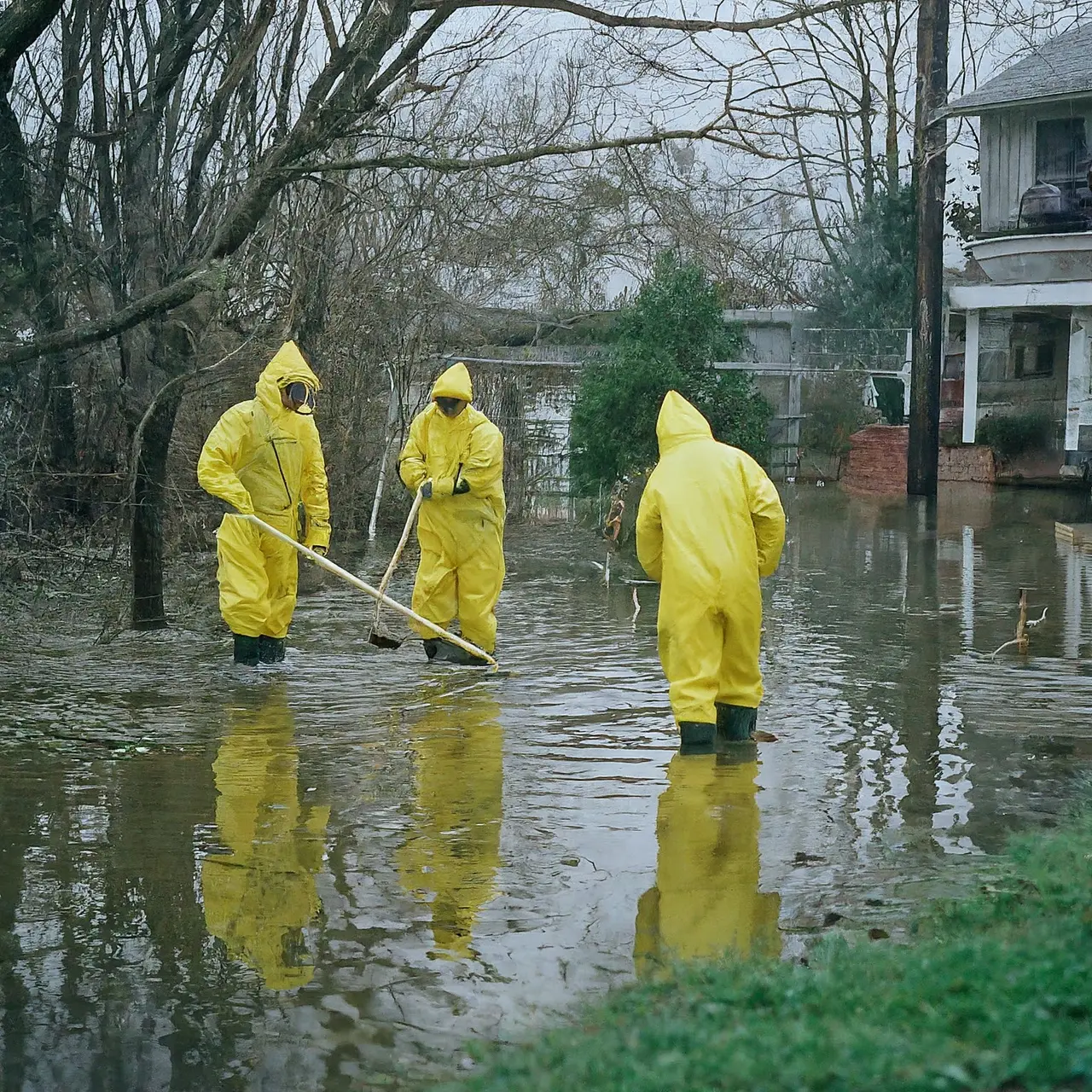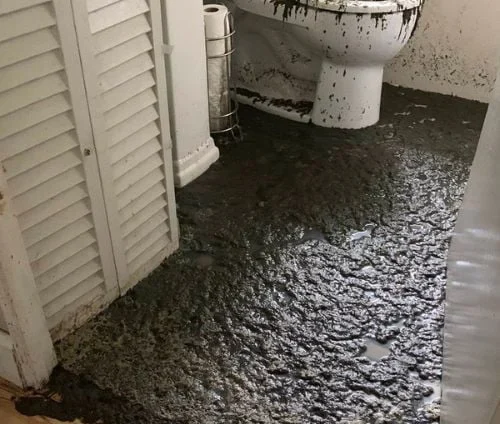When faced with the challenge of contamination or pollution, the concept of a professional remediation service becomes a beacon of hope. These services not only promise to restore environmental integrity but also ensure that safety standards are met, making the complex seem manageable. Dive deep into the meticulous process that makes this possible.
The Importance of Professional Remediation Services
The advent of professional remediation services has revolutionized the way we tackle environmental hazards, ranging from chemical spills to mold contamination. These services are not just a response to regulatory requirements; they represent a commitment to public health and ecological balance. By employing sophisticated techniques and advanced technology, remediation experts play a pivotal role in mitigating risks and safeguarding environments, making them indispensable in today’s pollution-challenged world.
Moreover, the importance of such services extends beyond immediate health benefits. They also contribute to the long-term sustainability of our natural resources. Through the cleanup and restoration of contaminated sites, remediation services help in preserving the earth’s biodiversity and ensuring that our planet remains habit-being for future generations.
Assessment and Inspection: The First Step in Remediation
The remediation process begins with a comprehensive assessment and inspection, a crucial phase where professionals identify the type and extent of contamination. This step involves a variety of testing techniques, from soil sampling to air quality monitoring, designed to gather detailed information on the contaminant’s characteristics and distribution. The insight gained from these assessments forms the foundation of the remediation plan, guiding the selection of appropriate cleanup methods and technologies.
Remediation Planning: Developing a Customized Solution
Once the initial assessment is complete, the focus shifts to creating a tailored remediation plan. This stage requires a balance between technical feasibility, cost-effectiveness, and regulatory compliance. Engineers and scientists collaborate to devise a strategy that not only addresses the immediate contamination issues but also minimizes potential impacts on the surrounding environment. Planning also involves stakeholder engagement, ensuring that the concerns and input of affected communities are considered.
Effective remediation planning also incorporates future risk management strategies to prevent recurrence of contamination. This holistic approach underscores the intricate nature of remediation projects and the meticulous planning they necessitate.
The Remediation Process: Techniques and Technologies
With a plan in place, the execution of the remediation service begins. The techniques employed vary widely, from physical removal and chemical treatment to biological strategies like phytoremediation, where plants are used to absorb or break down pollutants. Each method is selected based on its effectiveness for the specific type of contaminant and site conditions. Advanced technologies, such as thermal desorption and in-situ oxidation, showcase the innovative tools at the disposal of today’s remediation teams.
The application of these technologies illustrates the dynamic nature of remediation work, adapting to new scientific discoveries and regulatory frameworks. It also highlights the crucial role that ongoing monitoring and maintenance play in the remediation process, ensuring that cleanup goals are met and maintained over time.
Post-Remediation Verification: Ensuring Quality and Safety
The culmination of a remediation project is the post-remediation verification, a critical step designed to confirm that the remediation objectives have been achieved and that the site is safe for its intended use. This phase involves a series of confirmatory sampling and testing, comparing results against pre-set cleanup standards. Successful verification serves as a testament to the effectiveness of the remediation efforts, providing peace of mind to communities and stakeholders involved.
Understanding the Costs and Benefits of Remediation Services
A common question surrounding remediation services concerns their cost. While it is true that the upfront financial investment can be substantial, the benefits of these services far outweigh the costs. Remediation not only resolves immediate health and environmental risks but also enhances property values, revitalizes communities, and prevents future liabilities. The long-term economic and societal gains, from increased land usability to improved public health, underline the value of investing in high-quality remediation services.
Ultimately, the cost of not undertaking remediation when needed can be far more detrimental, both financially and environmentally. The proactive stance towards pollution cleanup and management underscores the principle that environmental responsibility and economic prosperity can, indeed, go hand-in-hand.
Final Thoughts on the Remediation Service Journey
In conclusion, the journey through a professional remediation service unveils a multiphase approach designed to address and eradicate contamination effectively. Each step, from the initial assessment to the final verification, serves as a critical component in achieving a safe and clean environment. It’s a testament to the dedication and expertise of professionals in this field, ensuring that remediation is not just a temporary fix but a path toward lasting resolution and environmental stewardship.






